Installing an Android emulator on a VPS is easy. But running any Android emulator requires an RDP, which is a kind of VPS.
You may find setting up an RDP hard if you are not familiar with coding knowledge.
But don’t worry. In the post, you will learn how to set up RDP with a few clicks and an emulator on that.
Now let’s get started.
How To Install Android Emulator on VPS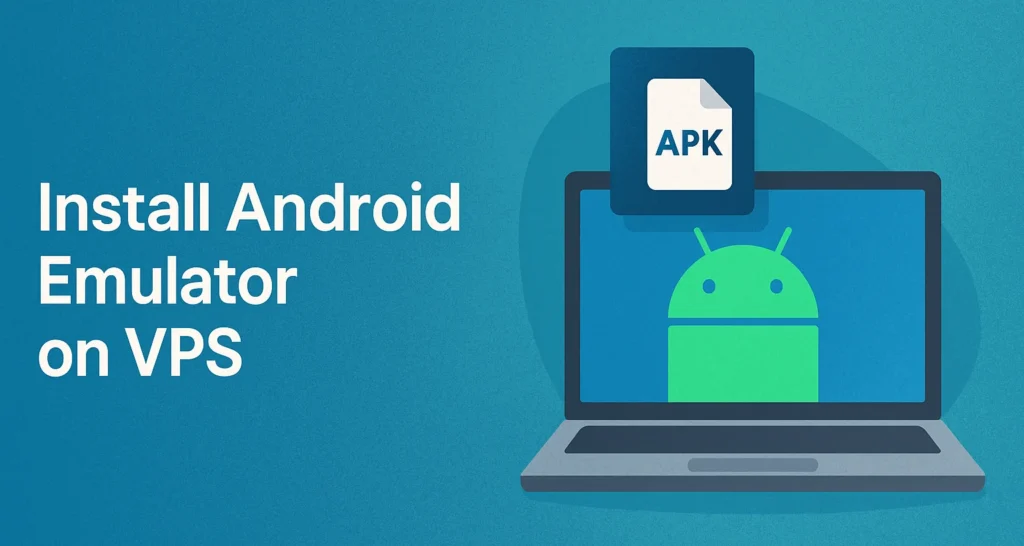
Running an Android emulator on a VPS is easier than you think—but you’ll need RDP (Remote Desktop) to make it happen. This guide walks you through setting up both Linux and Windows RDP using Kamatera’s 30-day free trial and then installing BlueStacks to run APKs.
Phase 1: Set up RDP
- For Linux RDP (Ubuntu): Cheaper (~$6/mo), no licensing fees.
- For Windows RDP: More user-friendly if you’re already comfortable with Windows.
- Use Kamatera to spin up your server, select OS, assign specs (1 CPU, 2 GB RAM), and launch your RDP.
- Choose hourly billing to save cost if it’s for short-term or testing.
Phase 2: Install Android Emulator
- On Linux/Windows RDP, open Chrome → download BlueStacks → install → run APK files easily.
Why RDP? It gives you a full desktop GUI to install and interact with emulators like you would on your PC.
I will divide the whole installation process into two phases.
First Phase: Install RDP
Whether you choose Linux or Windows RDP, both are compatible with most emulators. If you are a fan of Windows or highly acquainted with Windows, go for Windows RDP.
But if you have a low budget and want to save money on licensing and OS renting, then purchase open-source Linux RDP. It will cost you only $6 per month.
I will show you how to install both RDPs. You can opt for one as per your choice and budget.
Installing Linux RDP
1. Sign up for Kamatera’s 30-day free trial. It is a leading enterprise-grade cloud infrastructure with pinnacle performance and robust security.
2. Log in to the Kamatera Console.
3. Head to My Cloud > Create New Desktop in the left sidebar.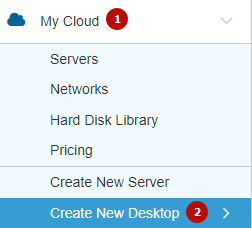
4. Select a nearby data center for a better experience.
5. Choose Ubuntu and its VirtualBox version.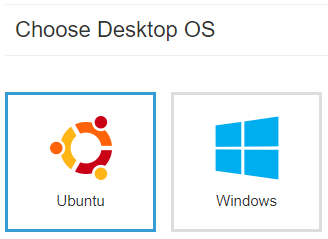
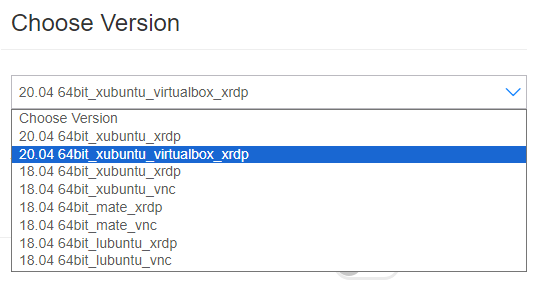
6. Allot server resources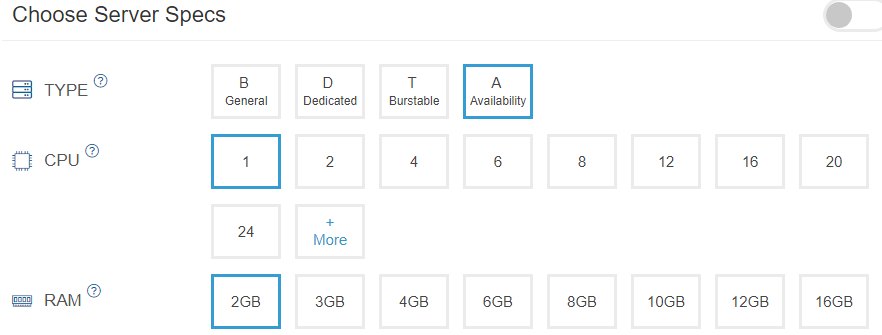
- Server Type-A
- CPU-1 Core
- RAM-2GB
- SSD-10GB
7. Set the server password and name your server.
8. Choose monthly or hourly billing. Hourly billing can save a small portion of a dollar.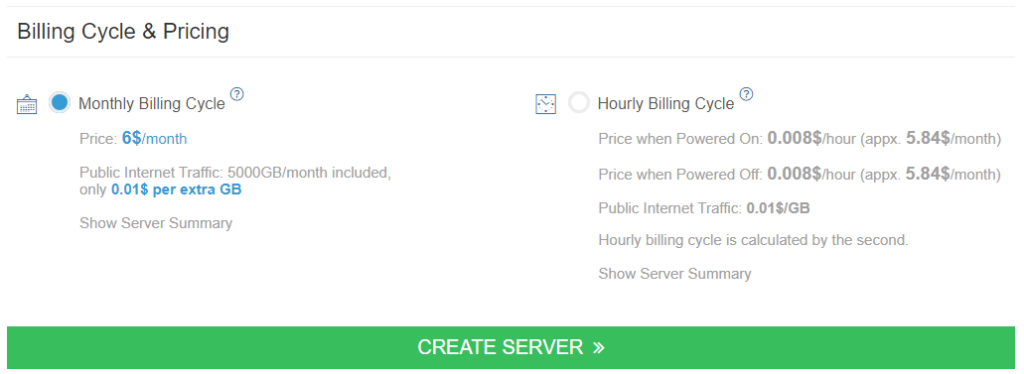
9. Now hit Create Server.
It will take a few minutes to finish the complete installation.
Access Linux RDP
1. Click Open button
2. Go to Connect and hit Open Remote Console under the Remote Console section.
3. Now you will see the Linux RDP login page. Enter root as the username and password that you have set up during RDP configuration.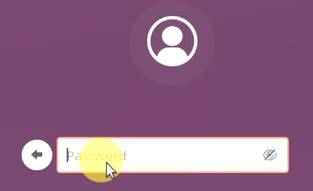
4. You will see the homepage of Ubuntu OS.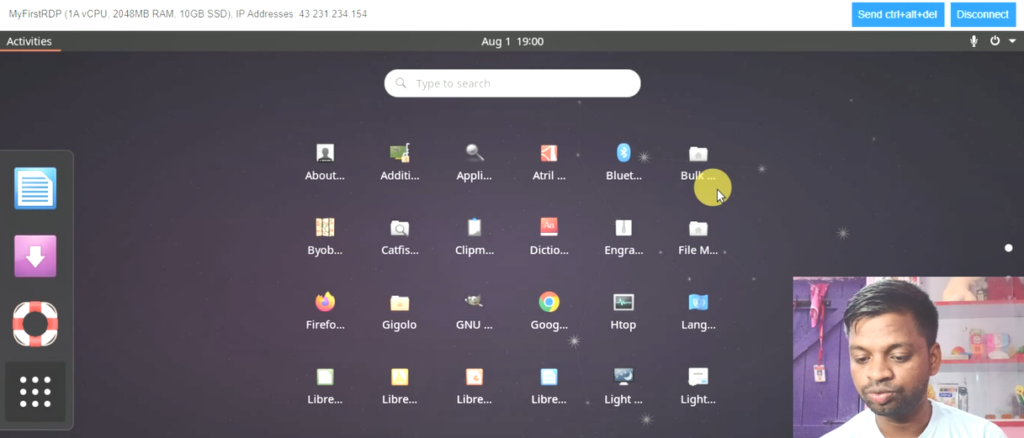
Second Phase: Install Android Emulator on Linux RDP
1. Click Show Applications, open the Chrome browser, search Bluestacks, download it, and install it.
2. Launch BlueStacks and install any APK files to run.
How to Install Windows RDP
1. Log in to Kamatera Console.
2. In left sidebar, go to My Cloud>Create New Desktop
3. Choose a data center near to you.
4. Choose Window OS 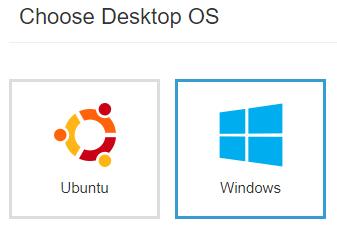 > Windows 10 or Windows 8.1. I am going to choose to Windows 10
> Windows 10 or Windows 8.1. I am going to choose to Windows 10
5. Choose Server Specs like this-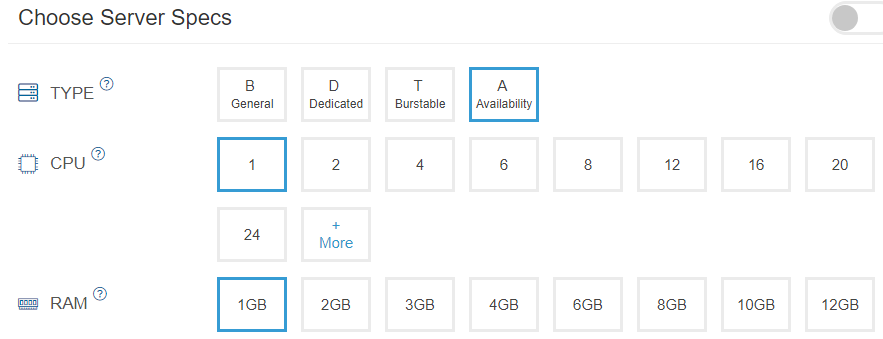
- Type A
- CPU 1 core
- RAM 2 GB
- SSD 30 GB
6. Come to Finalize settings, set strong password and name your RDP server.
7. Choose billing cycle
- Monthly Billing Cycle
- Hourly Billing Cycle
If you just want to launch for testing purposes or access some websites, choose the hourly billing cycle. You can set power off for later, when you don’t need to use it. Then Kamatera charges you only 30-35% of the actual pricing.
Or if you need 24×7 RDP service for forex, currency or stock trading, choose the monthly billing cycle. It will be a little bit cheaper overall.
8. Now hit the create server button.
It will take a few minutes to install.
How To Connect Windows RDP
1. After getting installed, download Microsoft Remote Desktop, install it, and open it. Click +add button and choose PCs.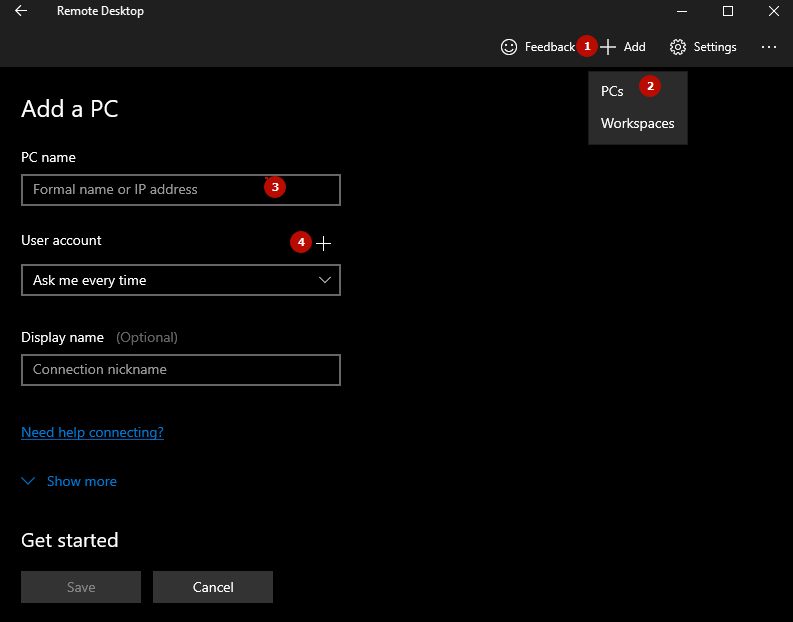
Here you will need the server IP, username, and password.
2. Click the open button  and copy Public Internet IP of your Windows RDP Server.
and copy Public Internet IP of your Windows RDP Server.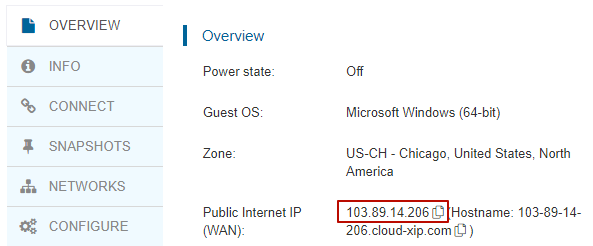 Paste it in Remote Desktop.
Paste it in Remote Desktop.
3. Go to connect, copy username, 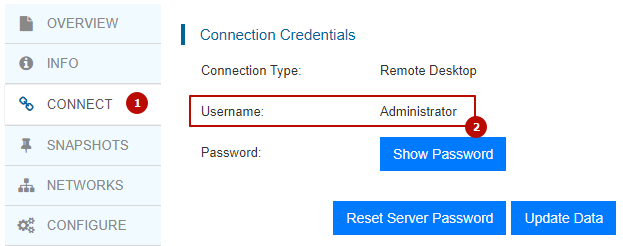 hit user account + in RD, fill username and password.
hit user account + in RD, fill username and password.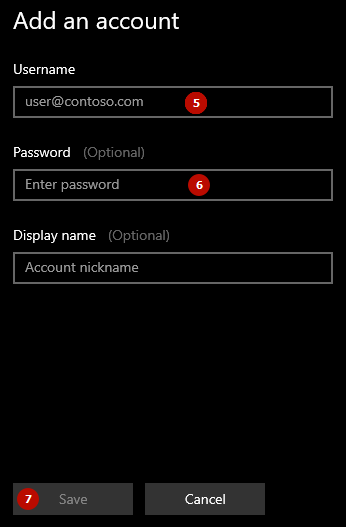
4. Save it all.
5. Now hit saved PCs. 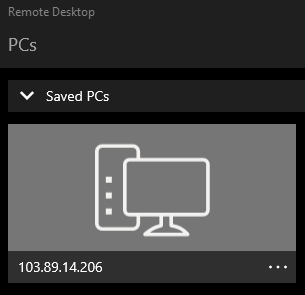 It will connect to your Windows RDP.
It will connect to your Windows RDP.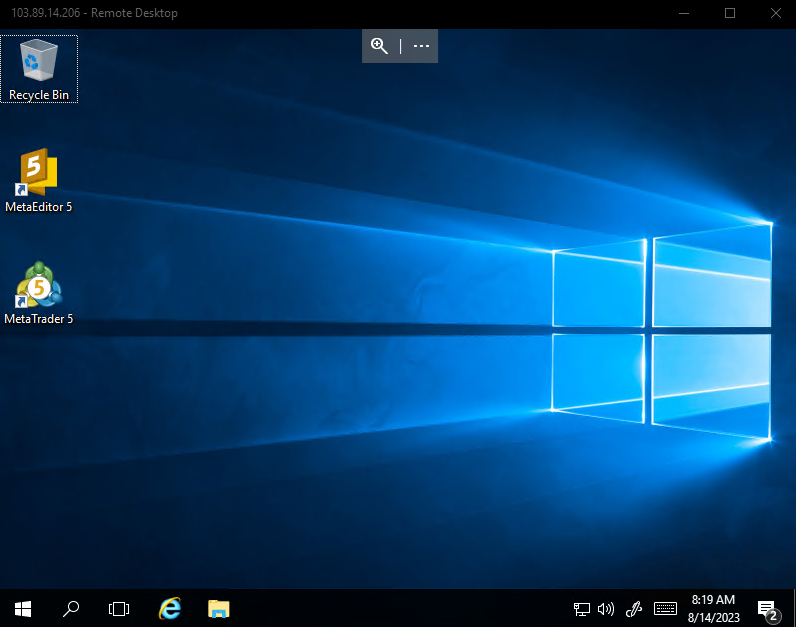
Install Android Emulator on Windows RDP
1. Open any internet browser.
2. Browse BlueStacks and download it.
3. Hit its .exe file to install it.
4. Once installation is finished, launch it and run any APK file.
FAQ
1. Is it possible to run any Android emulator directly on a VPS without RDP?
No, it is not possible. Even if installing an Android emulator sounds simple, it needs a full desktop environment to function properly. A VPS without RDP will not give you a graphical interface to install or use apps. That is why RDP becomes essential. It converts your VPS into a full desktop so you can install BlueStacks, Nox, LD Player, or any APK, just like a laptop.
2. Which RDP should I choose for Android emulators, Linux RDP or Windows RDP?
Both work well, but your choice depends on your comfort and budget. Windows RDP is more beginner-friendly and feels exactly like using a home computer. Linux RDP is the cheaper option and comes without licensing costs. If you want simple installation and maximum compatibility, go with Windows RDP. If you want to save money, choose Linux RDP.
3. What server configuration is needed to run an Android emulator smoothly on a VPS?
For basic testing and running lightweight APK files, 1 CPU and 2 GB RAM will work. But for smoother performance on BlueStacks or LD Player, higher specs always help. If you plan to run multiple apps, games, or heavy tasks, you can scale the CPU, RAM, and storage anytime. The good thing is you can increase or decrease resources instantly.
4. Do I need coding skills to install RDP and the Android emulator on a VPS?
Not at all. The entire setup works with simple clicks. You just log in to the console, select the operating system, choose server specs, set a password, and hit create. For the emulator, you only open Chrome inside RDP, download BlueStacks, and install it. Even complete beginners can do it without knowing any commands.
5. Can I install Bluestacks or other Android emulators on both Linux and Windows RDP ?
Yes, you can. Once your RDP is ready, you get a full desktop on both Linux and Windows. Just open your internet browser, download Bluestacks, and install it. The process is nearly identical on both systems. After installation, launch it and start running APK files easily, just like you do on your personal computer.
Read More : Best 5 VPS For Android Emulator [Free 30 Days For Bluestacks]
Meet Ravi Kumar, our web hosting and WordPress speed optimization guru with over 4 years of experience. He’s optimized 150+ websites, uncovering common VPS performance issues. Armed with insights, Ravi ensures smooth VPS experiences for all.
installed android emulator on my vps and honestly, i’m surprised how smooth it runs. was expecting a lot of lag considering my vps isn’t the most powerful out there. props to ravi for the clear instructions. anyone else tried games on it yet? how’s the performance?
Hey Ravi Kumar, just went through your guide on setting up an Android emulator on a VPS, really neat work. I’ve got everything up to the point where I need to install the emulator on Linux RDP, but I’m slightly confused about the compatibility issues. Do you have any suggestions for emulators that are known to work well on this setup? I’m aiming for something that’s lightweight and doesn’t hog resources. Thanks!
Ally, you might want to look into Genymotion for cloud. It works pretty well for me on a similar setup and doesn’t require too many resources. Also, it’s compatible with Linux.
OMG, Ravi Kumar, you are a lifesaver! I’ve been trying to figure out how to do this for weeks! Your guide made it SO EASY. I got the emulator up and running in no time. This is going to make testing my app on different Android versions a breeze. You rock!
i remember back in my day we didnt have any of these fancy emulators or vps whatever you call them, just good old hardware and cables everywhere. how times have changed huh making me feel ancient haha.
Just managed to get the Android Emulator running on my VPS thanks to your guide, Ravi! It wasn’t exactly a walk in the park but definitely easier with your step-by-step instructions. Curious tho, do you recommend any specific emulators that work best in this setup? I’m using one but it feels kinda sluggish.
So, we’re just slapping Android emulators on VPSs now? And we expect this not to be a circus of compatibility issues and memory leaks? Can’t wait to see how this turns out…
Hey there, Ravi Kumar, I was goin through the install guide for the android emulator on a VPS, and I hit a snag. When you’re talking about installing Linux RDP, is there a specific version or distro we gotta focus on? Also, the access part seems a bit unclear to me, might be cuz of my setup not being typical. Would really appreciate more of a deep dive into that section, maybe with some common troubleshooting tips? Thanks a bunch!
Hey Trent, not the author but hope I can help. Most Linux distros should work but Ubuntu is usually a good place to start because of its wide support. For access troubles, check your firewall settings, that’s a common hiccup.
Ahh, gotcha! I’ll try messing with the firewall then. Thanks for the assist, LeoP!